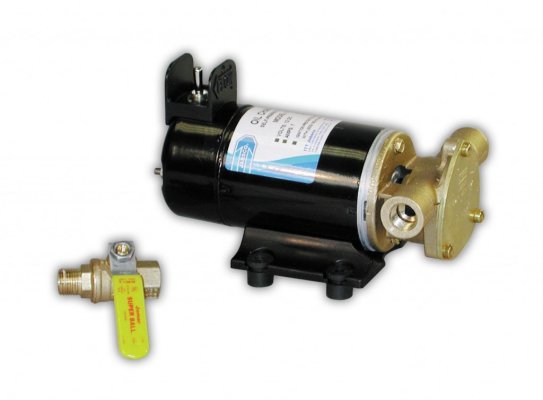WE use one of the vacum tanks with a hand pump.
Holds over a gallon , so works great for small car or truck marinizations.
For the DD (6 gallons of oil) a mounted rotary aircraft fuel pump , fitted with Hyd quick disconnects makes filling 5 gal pails easy, IF the oil is nice and warm as it should be.
Our method is to ONLY change the oil after at least a 5 (prefer 8+) hours of powered operation.
Sure the oil is warm from just ideling , but the high price of real diesel oil includes a detergent that re dissolves gunk given heat and time.
If the technique is easy enough to do with an operating temp engine , the chance of removing the max amount of crap is worth whatever planning is required.
After the change we restart to look for a filter leak , and get fresh oil in all the places it drained from. 5 min does it.

